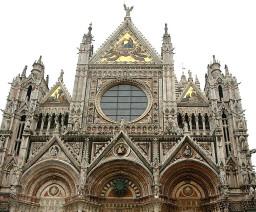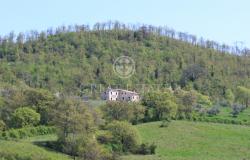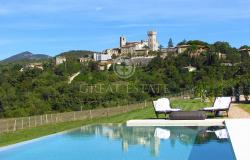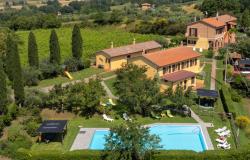Four Michelangelo statues have been restored to their former glory and are once again pulling visitors to the cathedral in this Tuscan hill town.
The statues, completed by the Renaissance master in his youth, are part of the structure's imposing Piccolomini altar, which has reopened to the public after months of painstaking cleaning.
The Piccolomini altar, the work of a famous Lombard sculptor, Andrea Bregno, was commissioned in 1489 by Cardinal Francesco Piccolomini Tedeschini, who would later become Pope Pius III for 18 days.
Bregno modelled his design on classic Roman architecture, shaping a triumphal arch in the lower part of the sculpture, with a large central niche housing an altar with a late 14th-century painting of the Madonna by Paolo Giovanni Fei.
Also in the central niche is a 1371 carving of the Madonna and child by architect Giovanni di Cecco.
In 1501, the cardinal asked Michelangelo, then in his 20s, to create statues for the empty niches remaining in Bregno's work.
Michelangelo originally agreed to produce 15 statues for the empty niches but in the end he created just four - all of which were sculpted at the same time he was working on other masterpieces such as the David and the Madonna of Bruges.
The four sculptures depict St. Peter, St. Paul, St. Gregory the Great and St. Augustine, sometimes referred to as St. Pius.
The most famous of the four is St. Paul, which is generally believed to be Michelangelo's earliest self-portrait.
The St. Peter and St Paul are also held up as classic examples of Michelangelo's skills, showing all the vigour and sense of movement that would characterize his later works.
The restoration marks the start of the second phase in a long-term operation to protect Siena Cathedral, which got under way in the 1990s.
The first phase focused on cleaning the exterior of the building, while this second stage will preserve the treasures inside the cathedral.
The restoration project, partly funded by national lottery money, has uncovered a number of previously unknown details about the altar since starting work in June 2008.
Of particular interest was the fact St. Paul's irises were engraved, and the discovery of traces of original paintwork on the Giovanni di Cecco sculpture.










